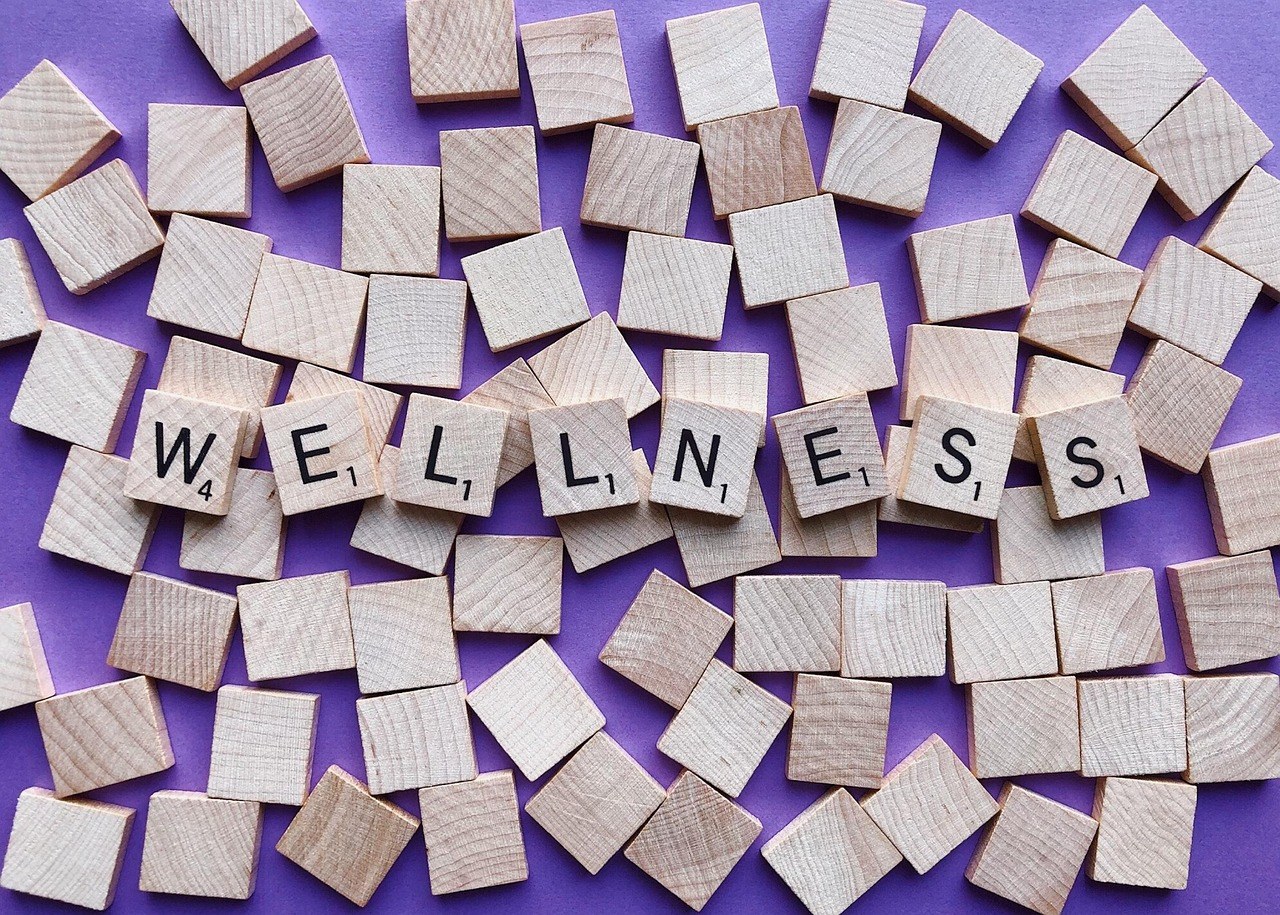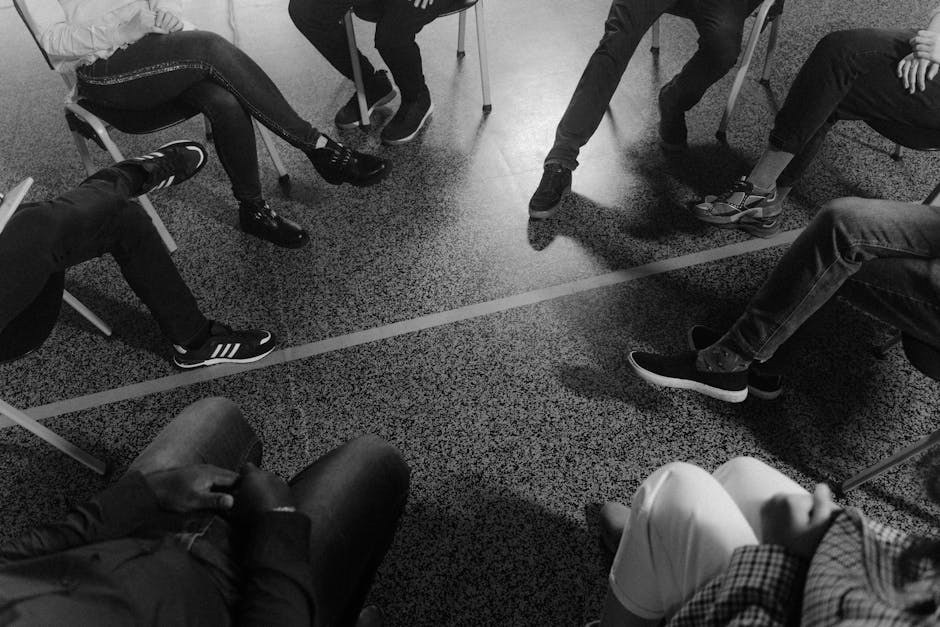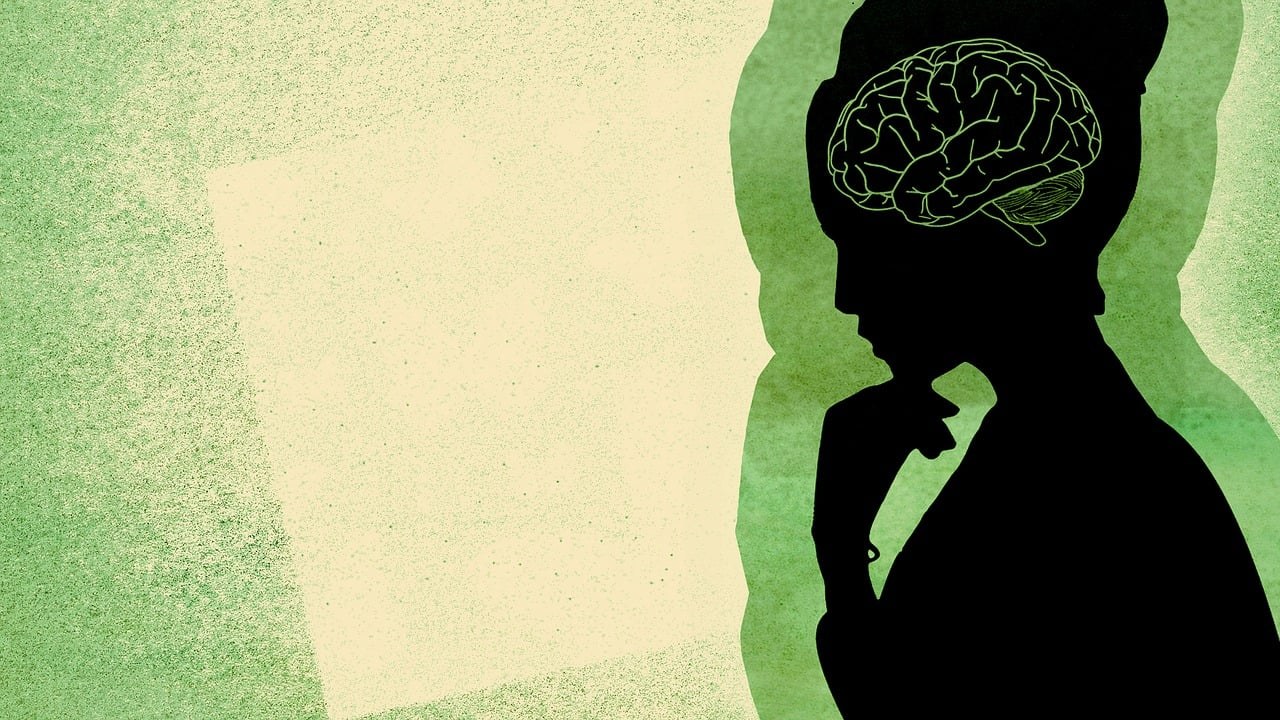When attraction stirs, words tend to arrive late – the body speaks first. Learning to notice how posture, touch, gaze, and tiny expressions interact can transform awkward guesswork into quiet clarity. This guide reimagines the essentials of body language attraction, showing how subtle signals emerge, why they matter, and how to respond with grace rather than gimmicks. The aim is simple: understand what the body is already saying so you can meet interest with sincerity, and retreat when the signs suggest disinterest.
The nonverbal engine behind connection
Most of us put energy into crafting the perfect sentence, but far less into how we move while saying it. In reality, nonverbal communication often carries the bulk of meaning – the reason the old saying “actions speak louder than words” continues to hold sway. Body language unfolds beneath conscious control, which is why it can reveal feelings and attitudes that speech politely disguises. When you track the rhythm of someone’s breathing, notice how their shoulders angle toward you, or feel the timing of a lingering glance, you’re tuning into body language attraction rather than just memorizing lines.
It helps to keep several truths in mind. First, gestures can be persuasive because behavior is harder to curate than a sentence. Second, the same gesture can mean different things depending on context and culture – a reminder to read clusters of cues instead of fixating on one. Third, nonverbal signals stream continuously. Even when you’re quiet, your stance and micro-movements broadcast a running commentary on your interest, comfort, and level of engagement.

Why paying attention changes the dating experience
In a dating situation – especially that pressure-filled first meeting – people try to impress with charm. Yet smooth talk can hide mixed motives, while bodies are honest narrators. Body language attraction becomes your compass: it helps you discern whether a charming story aligns with what the person feels. When behavior says “lean closer” and words say “not sure,” trust the body. Conversely, when someone politely smiles yet angles away, crosses arms, and avoids touch, the wiser move is to respect the boundary the body is outlining.
Understanding these signals is not about manipulation; it’s about empathy. When you respond to what you genuinely perceive – a softening gaze, a cautious posture, a nervous laugh – you meet the person where they are. This makes connection safer for both people and ensures interest is met with attunement rather than pressure.
Is one gender better at reading signals?
There’s a popular notion that women are naturally superior at decoding nonverbal messages. Reality is more nuanced. What truly sharpens perception is emotional intelligence – the capacity to recognize, regulate, and express feelings while accurately reading them in others. People with higher emotional intelligence tend to notice patterns of body language attraction sooner, regardless of gender. While some research finds that women often score higher as decoders of nonverbal cues, there are plenty of men who read signals exceptionally well and women who do not. Talent here grows from empathy, practice, and attention rather than chromosomes.

Using nonverbal cues without cheesy lines
Think of these suggestions as ways to communicate interest respectfully. None of them are magical incantations. Their power lies in timing, authenticity, and reading the response. When your behavior and intention align, your presence feels congruent – and congruence is compelling.
- The conversation in your eyes. Sustained eye contact signals focus and warmth. Holding a gaze for a beat longer – with natural breaks so it never becomes a stare – can anchor body language attraction without a single word. Restless eyes often read as restless interest; steady attention reads as calm confidence.
- Feet tell the truth. The direction of the feet often mirrors intention. If you’re seated where feet are visible, toes pointing toward you can suggest engagement; toes angled toward the exit, less so. If you’re feeling it, let your feet face them too – subtle, simple, and clear.
- Square the torso. The body angles away when uncertain or eager to escape. Aim your torso toward the person you’re with. There’s no need to be rigid – a relaxed, open alignment is enough to nurture body language attraction.
- Smile with your whole face. A brief, genuine smile warms the space between you. Think “gentle and present,” not exaggerated. A smile that reaches the eyes carries the message most effectively – half a smile rarely lands.
- Let movements slow down. Quick, choppy gestures can telegraph nerves. Slower, deliberate motions suggest ease. When your pace calms, it invites the moment to breathe and makes body language attraction feel grounded rather than frantic.
- Lean, don’t lunge. A slight lean during conversation signals interest and intimacy. Keep it subtle enough that no one has to dodge your forehead. The goal is to shorten emotional distance, not invade personal space.
- Hair and grooming cues. Adjusting hair or clothing can be either self-soothing or flirtatious; never read it in isolation. Consider whether other signs accompany it – eyes softening, posture opening – before concluding it reflects body language attraction.
- Appropriate touch. Light touches – hand, forearm, shoulder – can speak volumes when welcomed. Before initiating, scan for green lights: open posture, reciprocal leaning, comfortable smiles. If you proceed, keep it brief and easily withdrawn. Consent and comfort are the bedrock of body language attraction.
- Close with clarity. Goodnight moments can be awkward. Decide your approach – a cheek kiss, a hug, a soft verbal check-in – and follow through calmly. Confidence paired with respect beats hesitation every time.
The science-minded lens, without the lab coat
Certain reactions appear repeatedly when attraction is present. Pupil dilation can occur as a reflexive response to interest. Blink rate may rise; so can blushing and skin warmth. Voices often shift – many women lift pitch while many men lower it – and faces become more expressive. None of these are perfect detectors on their own, but in clusters they outline body language attraction with surprising clarity.
Keep culture in mind. What feels like comforting eye contact in one community may feel intrusive in another. A gesture that seems harmless in your background may carry a sharp edge elsewhere. Read the room, read the person, and privilege compassion over certainty.

Reading interest without second-guessing yourself
Below are patterns many people display when they’re drawn to someone. Treat them as guideposts rather than guarantees – context is king, and clusters matter. When several of these show up together, you are likely feeling the pull of body language attraction rather than projecting it.
- Eyes widen and pupils expand. The gaze looks brighter and more receptive, inviting the conversation closer.
- Increased blinking accompanies focus. Nerves and excitement mingle, and the eyelids mark the tempo.
- A rush of color. Flushed cheeks or a warm glow can follow a flirty moment, particularly for lighter complexions.
- Voice shifts. Pitch and tone often change as interest spikes – the sound carries a more inviting, animated quality.
- Open posture. Uncrossed arms, relaxed shoulders, and an unguarded stance create a welcoming frame for body language attraction to grow.
- The lean returns. Conversation draws the person slightly forward, as if magnetized.
- Mirroring shows up. You sip, they sip. You tilt, they tilt. Mimicry is the body’s way of saying “I’m with you.”
- Small self-styling moves. A touch of lip balm, a shirt adjustment, a quick hair smooth – small acts aimed at looking one notch better for you.
- Comments about the temperature. A sudden “Is it warm in here?” may reflect arousal or nerves more than the thermostat, another whisper of body language attraction.
- Lingering gazes. Held eye contact that feels soft rather than staring often precedes deeper intimacy.
- Fidgeting with objects. Rings, glasses, napkins – restless hands sometimes signal charged energy.
- Playful contact. A brush of the arm when passing, a light tap during laughter – gentle, plausible touches that court reciprocity.
- Clammy hands. Warmer palms or light sweat can pair with a racing pulse when attraction spikes.
When she’s interested: patterns to notice
Every woman is different, and personalities vary widely. These signposts are best read alongside other cues. When they appear together, you’re likely feeling the glow of body language attraction rather than guessing in the dark.
- Shoulders angle in. Even before a full lean, the shoulders slide toward you, narrowing the distance.
- “Accidental” touch. A glance of fingers across your sleeve or a gentle nudge during laughter can be intentional – a test for reciprocity that nurtures body language attraction.
- Desire flickers across the face. Micro expressions – brief, involuntary flashes – can reveal delight, curiosity, or longing before composure returns.
- Open body frame. Relaxed arms and an unguarded stance create a sense of welcome, not blockade.
- Rapid blinking. Nerves sometimes bring a quicker blink cadence; interest and adrenaline often travel together.
- A subtle lip roll. The jaw loosens, lips draw inward for a moment, and attention gravitates toward the mouth.
- Emphasizing the chest. Clothing choices or posture may draw the eye – a nonverbal “notice me” when body language attraction is present.
- The hair flip or sweep. Hair is adjusted with the hands or tossed lightly as if to frame the face.
- Softened dominance. She may signal approachability by relaxing into a more yielding posture that invites rather than intimidates.
- Slow stroking of nearby objects. Fingers may trace the rim of a glass or glide along a utensil – a transferred caress hinting at affection.
- Lip-licking. Moistening the lips draws attention there – a classic prelude to a kiss when other cues align.
- Moving to music. Even off the dance floor, a gentle sway showcases rhythm and confidence, channeling body language attraction into motion.
When he’s interested: patterns to notice
Just as personalities differ among women, men telegraph interest in their own ways. Again, look for clusters and context. A single cue can mislead; several together map the territory of body language attraction with greater reliability.
- Returning touch. If you initiate a light, appropriate touch and he mirrors it, that reciprocity often signals mutual draw.
- Eyes brighten. Pupil expansion and an alert gaze can indicate rising interest.
- Extra eye contact. He keeps finding your eyes and stays there a beat longer, anchoring the moment.
- Muscle display. A subtle flex when removing a jacket or a stretch that squares the shoulders – a nonverbal “presenting” when body language attraction is alive.
- Torso alignment. He faces you directly more often than not, shifting his body to keep you centered.
- Toe direction. Feet turn your way, even when the conversation momentarily drifts.
- Playing with a drink. The rim, the straw, the condensation – objects become outlets for nervous energy.
- Animated expressions. A typically reserved face becomes more expressive, with eyebrows lifting and smiles flashing more freely.
- Brighter vocal tone. A voice that was flat warms and varies, coloring the conversation with enthusiasm.
- Open posture. Arms uncross, hands reveal themselves, legs relax – subtle invitations that build body language attraction.
- Mirroring your moves. Your gestures echo back to you a few beats later, signaling rapport.
- Lips part slightly. Attention drifts to your mouth; his follows suit.
- Head tilt as you speak. Tilting conveys receptivity and empathy – a physical “I’m listening.”
- Wider smiles. Joy leaks out; the corners lift higher and more often.
- Face opens. Raised brows, parted lips, and rounded eyes create an inviting expression that pairs naturally with body language attraction.
Reading clusters, responding kindly
Because body language can be ambiguous, never build a conclusion from a single cue. Link signs together. Someone might cross their arms because the room is cold, not because they’re rejecting you. Another person could blush easily yet feel indifferent. The art is to notice patterns: open posture and leaning in; mirroring and lingering gaze; warm touch and relaxed laughter. When several signs align, body language attraction is likely present.
How you respond matters just as much. If signals feel tentative, match the level. If they grow clearer, step forward gently. And if you detect withdrawal – turning away, minimal eye contact, stiffness – respect it immediately. Consent is not merely verbal; it’s written across the body. Honoring it protects both connection and dignity.
Practical ways to apply what you notice
- Mirror responsibly. Subtle mirroring can build rapport – a similar posture or pace – but keep it light. Overdoing it feels theatrical, which can dampen body language attraction.
- Use your environment. Sit where you can see feet and shoulders, or choose stools that make orientation visible. Visibility makes it easier to read interest without interrogating.
- Check in with warmth. A soft “This feels nice” after mutual cues land can align words with what both bodies are saying.
- Keep your gestures congruent. If you’re genuinely at ease, your pace, smile, and posture will match – congruence is the quiet signature of body language attraction.
- Let silence help. Comfortable pauses often invite closeness more effectively than a flurry of jokes. Space allows signals to emerge.
Closing thought
Attraction doesn’t need theatrics. It needs attention. Listen with your eyes, answer with your presence, and let your movements reflect your intention. When you engage with care – steady gaze, relaxed posture, respectful touch – you create a setting where body language attraction can speak clearly and be heard without pressure.